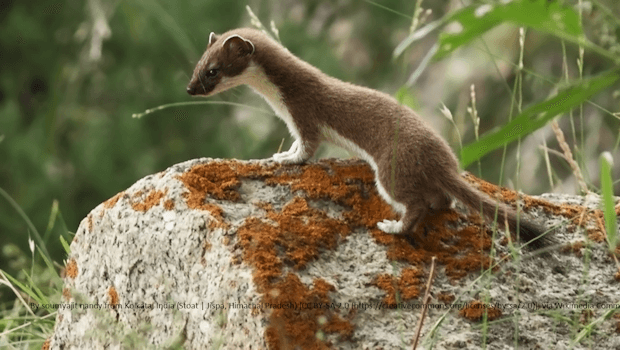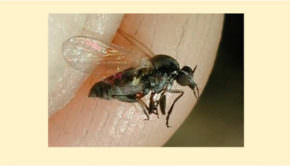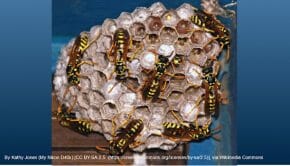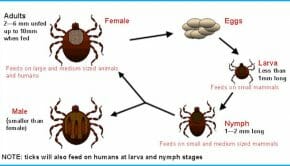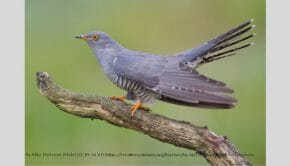Biodiversity Group: The Stoat
Creature of the Month: The Stoat
Stoats have slim chestnut coloured bodies with lighter underparts and short black tipped tails. They are solitary and very territorial only coming together during the breeding season. Although they mate during the summer the fertilised egg is not implanted until spring of the following year and the young are born 3 – 4 weeks later. The female raises the young alone often using old rabbit burrows which she lines with fur, grass and leaves. The young do not open their eyes for the first 4 – 5 weeks. By 12 weeks they are fully independent and able to kill their own prey but may well stay in their family group for some time hunting and playing together. When hunting stoats may travel as far as 5 miles and reach speeds of 20mph. They are fierce predators killing animals much larger than themselves. Often when approaching a group of prey animals they will leap, spin and twist gradually getting closer to the transfixed prey. The next minute they pounce! As their main food is rabbits the size of the stoat population depends on the abundance of rabbits although they do take other small mammals, birds, eggs, worms, large insects and carrion. The main danger to the stoat is starvation in winter, predation by larger carnivores and being killed on the roads. Their average life span is 1½ years but they can live for up to 7 years.
Did You Know?
- Baby stoats are called kittens and a group of stoats is called a caravan.
- Stoats kill their prey with a bite to the back of the neck. If there is a surplus of food they will often break the neck of their prey instead so they can store it and presumably it will last longer.
- Stoats communicate through scent and it is believed they can tell the sex, age and health of prey animals by their scent.
- Ermine, the white winter coat of the stoat, used to be seen as a symbol of high status and was not only worn by royalty around Europe and Britain but also by Members of the House of Lords and academics of Oxford and Cambridge who saw it as a sign they were equal to nobility.

